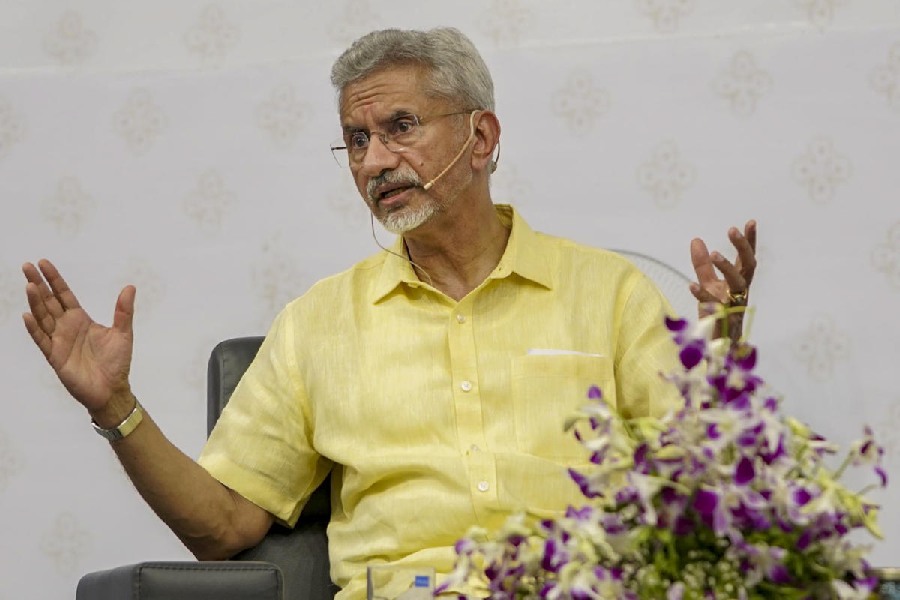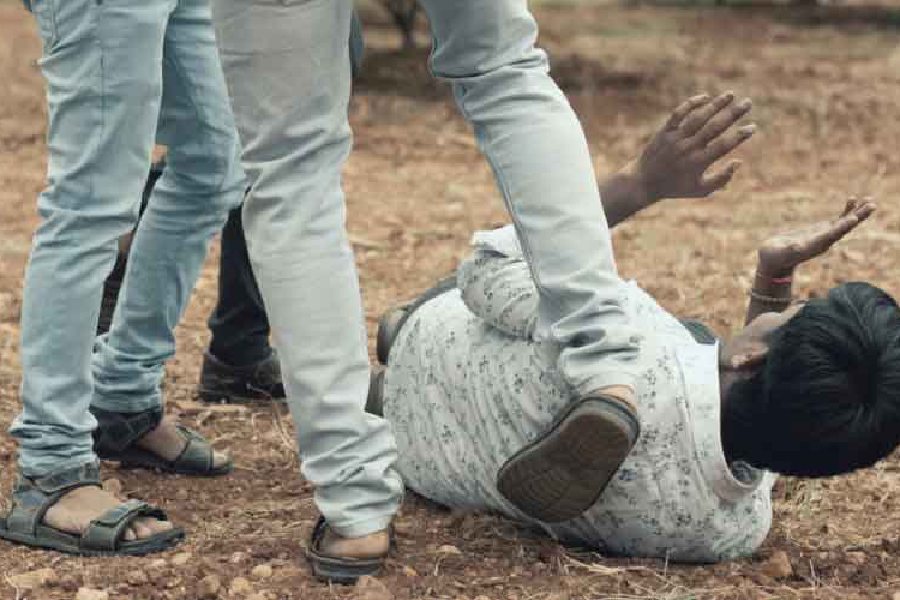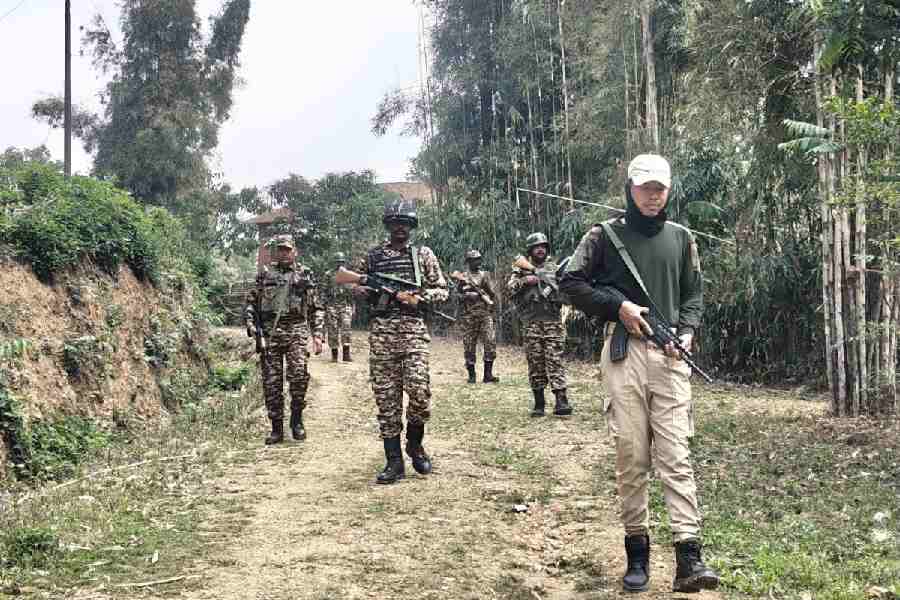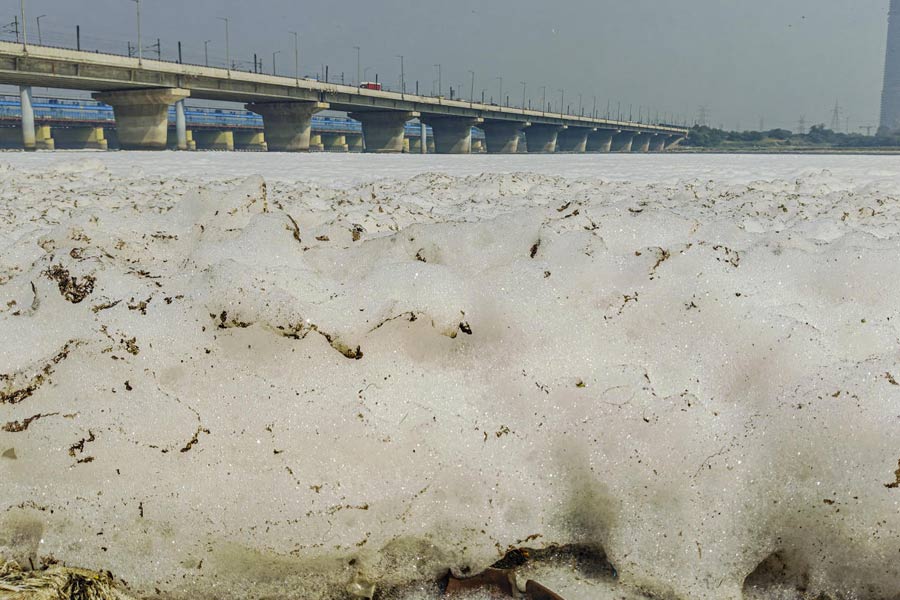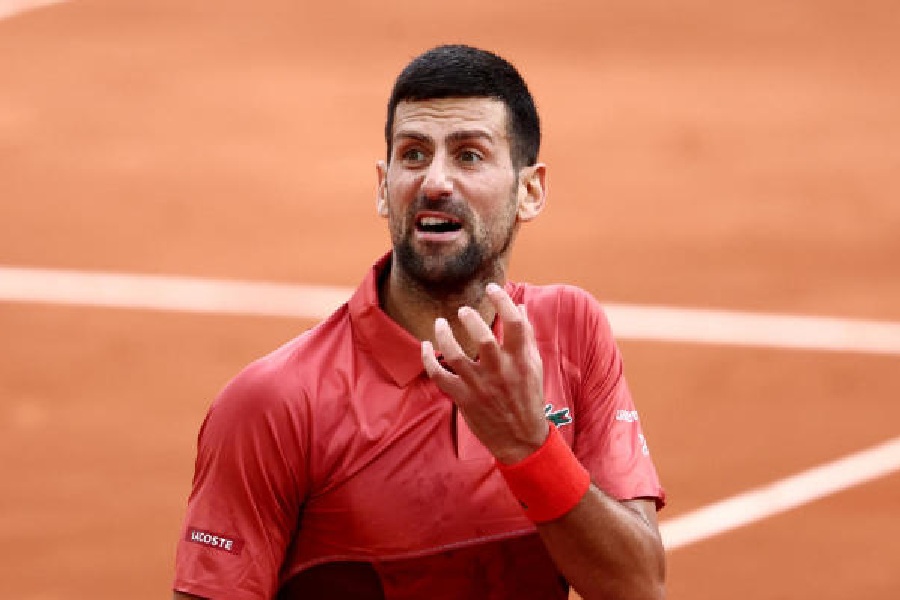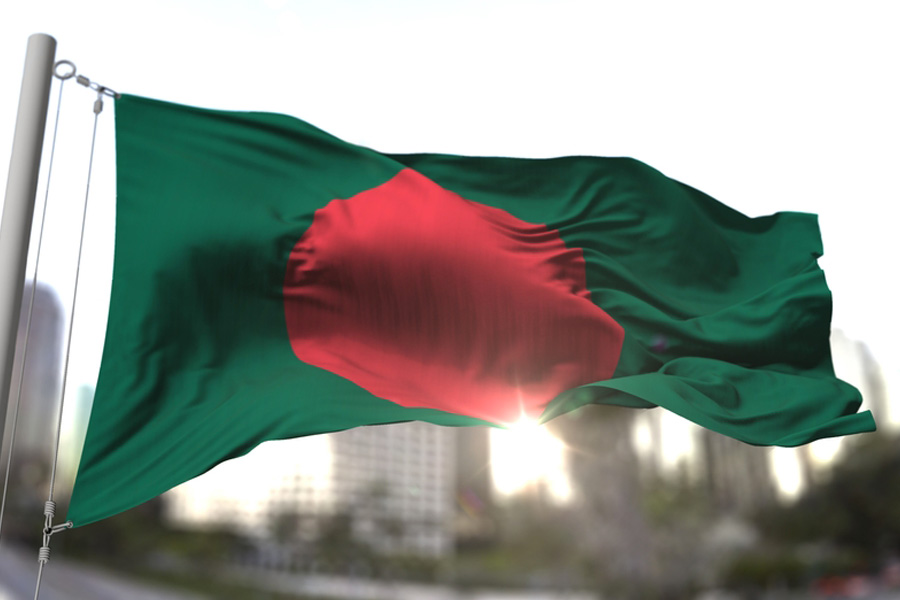 |
| Mir with Sabyasachi |
My recipe to combat a tough day at work? Tuning into Mirakkel, the Zee Bangla stand-up comedy show that ensures a laugh-a-second, courtesy my favourite funnyman Mir. So when I was given the opportunity to spend a few hours working behind-the-scenes on the laughathon, there was no thinking twice. Even if I couldn’t learn much, at least I could laugh, I figured. As it turned out, I did a lot of both.
REACHING THE SETS
2pm
After braving the car ride through the bylanes of Topsia, I present myself at the rather nondescript Ark Studios, the location of the shoot. I am dismayed to find the cameras have already started rolling. “This is just the first episode of the day. We will be shooting one more episode, if not two,” says Abhishek Mitra, executive producer of Mirakkel and my “boss-cum-guide” for the day. To get a feel of the place before I get down to work, I am ushered into the control room. If walking into the dark, freezing room doesn’t excite me too much, the fact that I can get an up close and personal view of the episode being canned definitely does!
CONTROL ROOM
2.15pm
 |
 |
 |
| Pictures by Aranya Sen |
All I see around me are thick wires of all shapes and colours and rows and rows of television sets. There are about 10 people working in the room, but they seem pretty relaxed. That’s a good sign, I think. But the smoke from dozens of cigarettes means that I can hardly see and my hair reeks of tobacco. Is creating a semi-opaque screen of smoke essential for TV production? If yes, then that would disqualify me even before I got started!
What I am told: From editing to sound management to bringing it all together before the post-production stage, the control room is where the action is. “This is where the think-tank of the production team works and readies an episode,” says Abhishek. I am introduced to Subhankar Chattopadhyay, the director of Mirakkel who also doubles as its editor. “We are running a little behind schedule,” he smiles, not looking stressed at all. The atmosphere is jovial and relaxed. Sitting in the control room is a lot of fun, I think. You smoke, you drink tea, you just run your fingers over a couple of keys and you laugh at the jokes. Can work get any better?
What I do: My first job of the day turns out to be toughest — I have to edit the episode being shot! I am led to the switcher, a daunting board of glowing switches that looks like a Star Trek-meets-Mogambo missile contraption. There are nine monitors attached to the switcher, one for each of the nine cameras on set. I am relieved that I have to work with only nine keys! Under Subhankar and Abhishek’s guidance I try my hand (rather, fingers) at editing. Keeping an eye on each monitor, I select the best shots successively which are then recorded on the master monitor. A couple of minutes later, I get the hang of things, but the shots move too fast for me to even gauge what separates a “good” shot from an “excellent” one. One hell of a job, this!
What I learn: A sharp eye and very sound knowledge of the switcher is essential — something that only comes with months and even years of experience. And you need endless cups of caffeine to keep you going.
What happens on set is online editing. After the initial phase of editing, the hard disk is dumped for offline editing. Audio and video synchronisation then takes place.
Post-production lasts two days. The final cut has to be approved by the director and the executive producer. And then it finally goes on air. Phew!
BRIEFING
3pm The episode will have a celebrity judge! To promote his new release Thana Theke Aschhi, actor Sabyasachi Chakraborty — dressed as a cop, no less — would be the fourth judge for the day. Lucky day, the Feluda fan in me rejoiced. Sabyasachi, Subhankar, Mir and Abhishek go into a huddle to discuss the how, where, when and why of the episode. No, the briefing doesn’t happen in a conference room. It’s right there on stage, seconds before the shot!
What I am told: Sabyasachi has very limited time in hand and therefore, care must be taken to utilise him to the maximum. Sabyasachi comes up with the script for his entry himself! “I will barge onto the sets declaring that Mirakkel has hurt the sensibilities of some people and I am here to arrest those connected with the show,” chuckles Tinkari Halder. Everyone on set seems pleased with the idea.
What I do: Nothing. It is way too riveting for any distractions!
What I learn: A lot of thinking and planning goes into a promotion or integration. “The marketing department coordinates with the executive producer and the film being promoted is then woven into the script carefully so that it blends in well and doesn’t seem forced,” says executive producer Nabaneeta Chakraborty.
LIGHTING
3.30pm
A very important department that can make or break a show. And it involves much more than merely setting up a row of coloured bulbs!
What I am told: For a reality show, lighting is of great importance, but it should in no way overshadow the content and flavour of the show. The lighting used depends on the set and genre of the show, explains lights in-charge Peter.
What I do: Since the lights rarely change from one episode to another, there is nothing really for me to do. But when someone shouts out for a light on stage to be turned 90 degrees, I quickly volunteer.
What I learn: In Mirakkel, strong lights are not used. The emphasis is more on soft, easy lighting. “It’s a fun and colourful show which is further accentuated by the soft, fun lighting,” says Peter.
The show uses 200kg of light. No, they don’t have giant scales on set to weigh the lights. A thousand watts of light equals a kg. Yes, that’s a lot of light!
CAMERA
4.15pm
Without the camera, any show is just sound and fury, signifying nothing!
What I am told: A total of nine cameras are used in the shoot. “That’s quite a large number for a reality show in Calcutta. The maximum we used was 15 cameras for the Dadagiri open-air finale with Shah Rukh Khan,” says Abhishek.
What I do: I put on a pair of headphones (again!) and peer into a lens. I help to remove a camera tripod. I hold up a wire patiently for a cameraman as he adjusts his lens. Mir cracks a joke on stage and I crack up uncontrollably, nearly dropping a camera. Gulp!
What I learn: Working the camera on a show involves a lot more than peering into the lens and pressing a button. “Mastering the technicalities takes years of experience,” says cameraman Joy Majumdar.
MAKE-UP
5pm
The fun part and something that I know a little about!
What I am told: Make-up is often an underrated department, but its contribution to a show is immense.
What I do: I pick up a brush and apply some blush on a female participant’s cheeks. I get excited when I am asked to do eye make-up on another. That’s my forte, you see!
What I learn: Make-up differs from participant to participant, but there are some cardinal rules. “It has to be subtle, simple and smart. Just because it’s a comedy show doesn’t mean that the participants have to be made up as jokers,” says make-up man Pintu Das.
At the end of the day, I feel like I belong to the place. The final stamp of approval? I eat unit food – bhaat, dal, machher jhol and tomato chutney!
And what I FINALLY learn: Mir is even funnier than I had thought!


